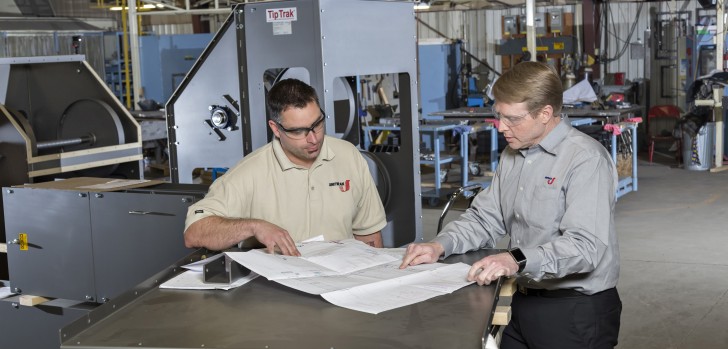Cement Clinker
Cement clinker, the precursor to cement, plays a vital role in construction projects worldwide. Derived from raw materials such as limestone, clay, and iron ore, cement clinker undergoes a precise manufacturing process involving high-temperature kiln operations. This results in a durable, fine-grained substance used as a binding agent in concrete production. However, handling cement clinker presents unique challenges due to its abrasive nature, fine particle size, and potential for dust generation. To address these challenges, companies rely on specialized equipment for efficient and safe material handling.
At a Glance
Cement clinker refers to the intermediate product of the cement manufacturing process, formed by heating limestone, clay, and other materials in a kiln at high temperatures. This process, known as clinkering, produces small, irregularly shaped nodules ranging from 1 to 25 millimeters in diameter. Once cooled, the clinker is ground into a fine powder to produce cement.
- Abrasive: Cement clinker contains hard, abrasive particles that can cause wear and tear on handling equipment, necessitating robust construction and wear-resistant components.
- Fine Particle Size: The fine particle size of cement clinker contributes to dust generation during handling, requiring effective dust containment measures to ensure workplace safety and environmental compliance.
- Hygroscopic: Cement clinker has hygroscopic properties, meaning it readily absorbs moisture from the environment. Proper handling and storage are essential to prevent clumping and maintain product quality.
- Alkaline: Cement clinker exhibits alkaline properties, which can be corrosive to certain materials. Equipment used for handling clinker must be resistant to corrosion to ensure longevity and operational efficiency.

Common Uses
Cement clinker serves as a crucial component in the production of Portland cement, the most widely used type of cement globally. Portland cement, when mixed with aggregates such as sand and gravel, forms concrete—a fundamental material in construction projects ranging from residential buildings to infrastructure projects like bridges and roads. Additionally, cement clinker finds applications in specialized cement products, such as blended cements and masonry cements, catering to specific construction requirements.

Challenges in Conveying
Bulk material conveying of powders and bulk solids, including cement clinker, presents several challenges:
- Abrasion: Abrasive materials like cement clinker can cause excessive wear on conveying equipment, leading to frequent maintenance and downtime.
- Dust Emissions: Fine particles generated during handling pose health hazards to workers and environmental concerns. Dust control measures are necessary to mitigate these risks.
- Material Segregation: Segregation of particle sizes can occur during conveying, affecting product quality and consistency.
- Limited Space: Constrained plant layouts may require compact conveying solutions to optimize space utilization and ensure efficient material flow.
Equipment Options
UniTrak offers a range of specialized equipment tailored to handle cement clinker and similar challenging materials:
- TipTrak Bucket Elevator: Ideal for vertically conveying abrasive materials, the TipTrak bucket elevator features interlocking buckets that prevent spillage and ensure gentle handling of fragile products like cement clinker.
- UniFlex Flexible Screw Conveyor: Suited for conveying powders and granules over short to medium distances, the UniFlex conveyor offers versatility and gentle material handling, minimizing product degradation and dust emissions.
- Powderflight Aeromechanical Conveyor: Designed for high-capacity conveying of powders and bulk solids, the Powderflight conveyor features a unique aeromechanical design that reduces dust generation and maintains product integrity, making it suitable for handling cement clinker.
- Bulk Bag Loader/Unloader: UniTrak's Bulk Bag Loader/Unloader offers a convenient solution for transferring bulk quantities of cement clinker to and from storage containers, minimizing manual handling and improving operational efficiency.
Handling cement clinker presents inherent challenges due to its abrasive nature, fine particle size, and alkaline properties. UniTrak's deep experience in customized bulk material handling equipment enables companies to overcome these challenges effectively. Whether it's vertical conveying with the TipTrak Bucket Elevator, flexible conveying with the UniFlex Conveyor, high-capacity conveying with the Powderflight Conveyor, or efficient bulk bag handling, UniTrak offers tailored solutions to optimize material handling processes and enhance operational efficiency in cement production facilities. With UniTrak's expertise and diverse range of equipment, companies can achieve reliable and cost-effective handling of cement clinker and other complex materials, ensuring seamless operations and superior product quality.
